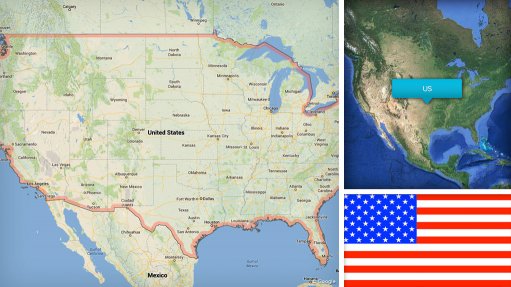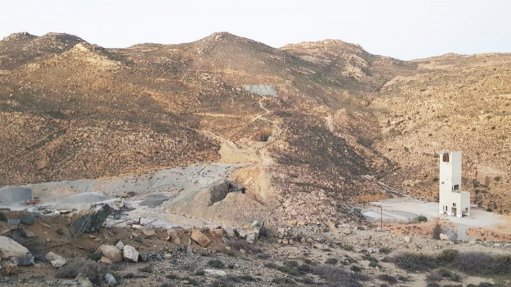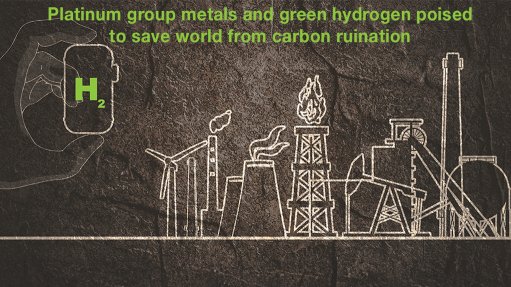Big Data interpretation, machinery control to be some of the key trends as mines roll out AI
Big Data interpretation, logistics, staff and machinery control, granulometry and monitoring of equipment and unmanned technologies are expected be the main themes of artificial intelligence (AI) implementation in the mining sector over the next five years.
From 2019 onwards, the mining sector will increasingly be examining the solutions offered by AI.
“Some of them are already being implemented and have proved to increase the efficiency and profitability of the sector, while [others] are being tested,” says VIST Group CTO Anton Potapov.
The mining sector, amid a search for greater growth options and mitigating declining productivity, can further “cut the consequences” of human errors using AI technologies, he continues.
“Human errors are costly for any industry, but, in mining, with its expensive equipment, their price is enormous. AI will not replace humans in the mining industry completely, but, will help to cut their errors considerably,” he explains.
Discussing the trends he believes will disrupt the sector, Potapov points to AI’s ability to predict tasks and find solutions to challenges that have not yet arisen, and highlights the increasing importance of interpreting Big Data, with a long period of data collection preceding AI’s learning abilities.
“AI products need information – about thousands of working hours of dump trucks, mining excavators and bulldozers – to be able to make nonstandard decisions. Such tools already exist and soon we are going to see their industrywide adoption and learn what tasks they are able to solve.”
Copper producer Chile’s Codelco is implementing AI at its mines to monitor the health of mining equipment and ensure that operations run efficiently; the company intends to automate the operations of its mine fleets and processing plants over the next decade.
Further, Russian iron-ore concentrate producer Stoilensky has been implementing mine management solutions that integrate fleet management with mining and processing management and enable operations to cut fuel consumption by 12%, boost railway transport productivity by 20% and increase the speed of dump trucks and increase tyre mileage.
Logistics and staff control have also become increasingly important, owing to the significant expense of repairing damaged equipment, such as dump trucks, excavators and other mining machinery.
“Drivers' drowsiness exacerbates the risk of accidents and damage both to their health and to the expensive machinery,” he cites as an example.
“When the driver is on the verge of falling asleep, it is usually too late. Solutions are needed to help the driver stay awake, and if this is not possible, replace the driver before the accident occurs.”
There are existing AI solutions that are able to monitor the driver’s reactions and how comortable he or she is, while other solutions offer the improvement of logistics through autonomous vehicles.
AI can also be applied to allow machinery to “self-check” using data from sensors and ensure that there are no obstructions, pending breakdowns or faults, he adds.
Further, in terms of granulometry, AI can enable various options in the monitoring of rock size to ensure that coal and ores that are oversized, unevenly sized or of differing weights do not obstruct crushers.
“Unmanned technologies are probably the vastest area of AI application. To diminish the risk of human error, AI can be used to interpret data from smart sensors and machine interconnection,” says Potapov.
VIST Group’s experience also shows that unmanned technologies significantly improve operational safety and efficiency, as well as staff security.
“It is testing at the Tungus coal basin, in Siberia, an unmanned drilling technology that will cut the number of staff involved in hazardous and dangerous work and reduce operational costs,” he explains.
Comments
Press Office
Announcements
What's On
Subscribe to improve your user experience...
Option 1 (equivalent of R125 a month):
Receive a weekly copy of Creamer Media's Engineering News & Mining Weekly magazine
(print copy for those in South Africa and e-magazine for those outside of South Africa)
Receive daily email newsletters
Access to full search results
Access archive of magazine back copies
Access to Projects in Progress
Access to ONE Research Report of your choice in PDF format
Option 2 (equivalent of R375 a month):
All benefits from Option 1
PLUS
Access to Creamer Media's Research Channel Africa for ALL Research Reports, in PDF format, on various industrial and mining sectors
including Electricity; Water; Energy Transition; Hydrogen; Roads, Rail and Ports; Coal; Gold; Platinum; Battery Metals; etc.
Already a subscriber?
Forgotten your password?
Receive weekly copy of Creamer Media's Engineering News & Mining Weekly magazine (print copy for those in South Africa and e-magazine for those outside of South Africa)
➕
Recieve daily email newsletters
➕
Access to full search results
➕
Access archive of magazine back copies
➕
Access to Projects in Progress
➕
Access to ONE Research Report of your choice in PDF format
RESEARCH CHANNEL AFRICA
R4500 (equivalent of R375 a month)
SUBSCRIBEAll benefits from Option 1
➕
Access to Creamer Media's Research Channel Africa for ALL Research Reports on various industrial and mining sectors, in PDF format, including on:
Electricity
➕
Water
➕
Energy Transition
➕
Hydrogen
➕
Roads, Rail and Ports
➕
Coal
➕
Gold
➕
Platinum
➕
Battery Metals
➕
etc.
Receive all benefits from Option 1 or Option 2 delivered to numerous people at your company
➕
Multiple User names and Passwords for simultaneous log-ins
➕
Intranet integration access to all in your organisation


















